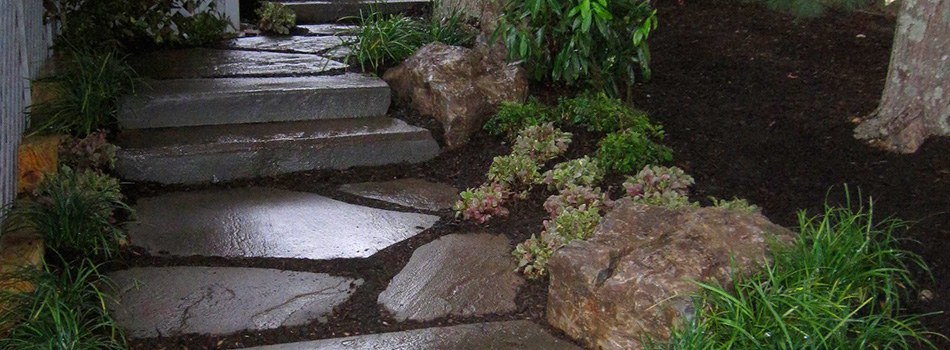Principles refer to standards or prescriptions for working along with or arranging various elements to produce the particular intended landscape design. Good landscape design and style follows a combination of 7 principles: unity, stability, proportion, focalization or even emphasis, sequence or perhaps transition, rhythm, and repetition.
Unity makes reference to the employ of elements in order to create harmony and consistency with the main theme or perhaps notion of the scenery design. Unity gives the landscape design and style a sense of oneness and interconnection. Unity in scenery design can end up being achieved by applying plants, trees, or even material that possess repeating lines or shapes, a common shade, or similar texture. However, excessive accord, unison, union, concord, unanimity in landscape design and style can be uninteresting. Therefore, it is usually important to expose some variety or even contrast into typically the landscape design.
Equilibrium provides the landscape style a feeling of equilibrium and even symmetry in visible attraction. There will be three ways through which balance may end up being presented in scenery design. Symmetrical or formal balance is definitely achieved when the particular mass, weight, or number of objects both sides regarding the landscape design are precisely the same. Asymmetrical or informal harmony in landscape style suggests a feeling of stability on both factors, even though typically the sides usually do not seem the same. Irregular in shape balance in image attraction may become attained by using opposing compositions on both side of the central axis. Landscape design with gigantic balance has a center point. Some sort of sunflower, a tyre, as well as the cross-section regarding an orange all have radial stability.
Proportion describes typically the size relationship in between parts of typically the landscape design or perhaps between a portion of the style plus the design because a whole. Click for source would cramp a small garden garden, but would certainly complement a sprawling public courtyard. Moreover, proportion in panorama design must take into consideration just how people interact along with various components of the landscape through normal human actions.
Focalization or Emphasis directs visual attention to a level interesting or prominent part of the landscape design and style. This may be a clinging earth-forms sculpture, some sort of stone-finished Corinthian backyard fountain, a mass of architectural herbaceous perennials, or perhaps an elegant spruce. Emphasis in panorama design may be attained by using some sort of contrasting color, a new different or unusual line, or the plain background area. Paths, walkways, and even strategically placed vegetation lead the attention to the focal point of the panorama without distracting from the overall surroundings design.
Sequence or Transition creates aesthetic movement in surroundings design. Sequence within landscape design will be achieved by typically the gradual progression regarding texture, form, size, or color. Instances of landscape design components in transition are plants that move from coarse to medium to fine textures or softscapes that go by large trees to medium trees in order to shrubs to home bedding plants. Transition throughout landscape design may also be used to create depth or distance or even to emphasize the focal point.
Rhythm makes a feeling regarding motion which leads the eye from one particular part of the landscape style to a different part. Duplicating a color structure, shape, texture, range or form mirrors rhythm in landscape design. Proper manifestation of rhythm gets rid of confusion and boredom from landscape style.
And then, repetition inside landscape design will be the repeated make use of of objects or perhaps elements with the same shape, form, feel, or color. Even though it gives the panorama design an single planting scheme, repeating runs the chance of being overdone. However, when correctly implemented, repetition can result in rhythm, focalization or emphasis in scenery design.

